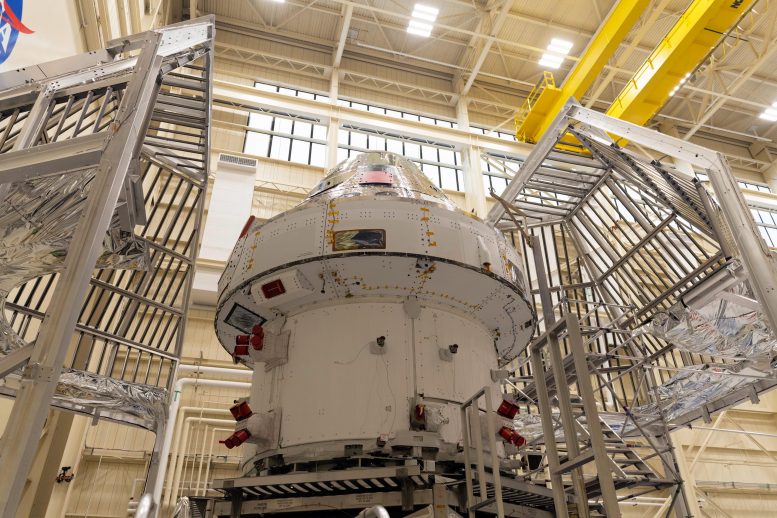
Here at NASA’s Plum Brook Station in Ohio, USA, Orion is being put into a thermal cage in preparation of getting its first feel of space in the world’s largest thermal vacuum chamber. Orion will be subjected to temperatures at Plum Brook ranging from –175°C to 75°C (-283°F to 167°F) in vacuum for over two months non-stop – the same temperatures it will experience in direct sunlight or in the shadow of Earth or the Moon while flying in space. In the picture, Orion is being placed in a cage, called the Thermal Enclosure Structure (TES), that will radiate infrared heat during the tests inside the vacuum chamber. Credit: ESA–S. Corvaja
The Orion spacecraft that will fly on the Artemis 1 mission around the Moon has returned to NASA’s Kennedy Space Center in Florida, USA, after finishing space environment tests. The spacecraft, including ESA’s European Service Module, is now at its final destination before launch.
Orion spent four months at NASA’s Plum Brook station where it was subjected to the vacuum and temperatures of –175°C to 75°C (-283°F to 167°F) it will experience on its flight to the Moon. After proving its space-worthiness, the electronics – including the thousands of parameters and functions of the European Service Module that control the engines, electrical power and steering the solar panels to face the Sun – were checked for electromagnetic interference.
A timelapse video of the Orion spacecraft with European Service Module getting ready for thermal vacuum testing at NASA’s Plum Brook Station. The first Orion will fly farther from Earth on the Artemis I mission than any human-rated vehicle has ever flown before – but first it will undergo testing to ensure the spacecraft withstands the extremes of spaceflight.
ESA’s Dominique Siruguet from the European Service Module integration and verification team says “The tests were successful and the behavior of the vehicle was good, passing all requirements.”
Plum Brook station was chosen for the tests because thermal vacuum and electromagnetic compatibility could be performed in the same facility. This avoided additional transport of Orion, which is the size of a two-story house.
Having passed its trials, the spacecraft was wrapped and moved by truck to an airport in Ohio for its return flight on NASA’s Super Guppy aircraft.
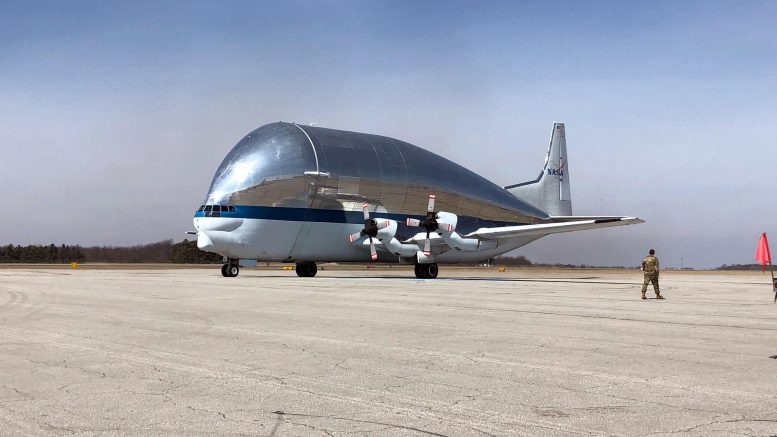
Super Guppy leaves Ohio with Artemis 1 Orion spacecraft. After four months of rigorous testing at NASA’s Plum Brook Station, the Orion spacecraft for the Artemis 1 mission is certified and another step toward being ready for flight. Credit: NASA–Nicole Smith
Adding wings to Orion
The tests are not completely over for Orion, at Kennedy Space Center the crew module will be further prepared and more leak tests conducted. The European Service Module has tanks for fuel, oxygen, and water that are critical for the astronauts. The gas tanks are pressurized and are connected to many pipes and valves, so it is vital to make sure there are no leaks.
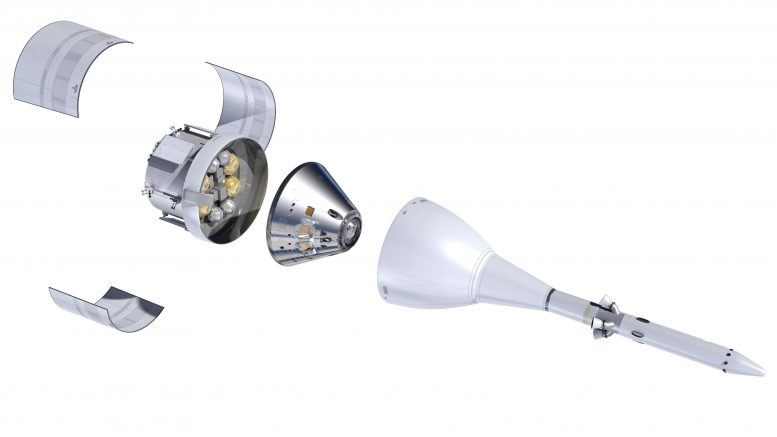
An artist’s impression of the Orion spacecraft with ESA’s service module. The module sits directly below Orion’s crew capsule and provides propulsion, power, thermal control, and water and air for four astronauts. A number of elements are required only during launch and are discarded shortly before entering space. The Spacecraft Adapter attaches Orion to its launch vehicle. The Spacecraft Adapter Jettisonable Fairings offer aerodynamic protection during launch. When the vehicle is high enough above Earth, the fairings are jettisoned to fall into the ocean. Credit: NASA
The solar wings that generate power during its mission will be installed, as well as protective covers called the Spacecraft Adapter Jettisoned fairings for the intense moments of launch on the world’s most powerful rocket.
Later this year ESA will formally transfer ownership of the European Service Module to NASA and the spacecraft will move into the ground system phase where it will be united with the SLS rocket for a lift-off to the Moon.
A look at the elements that make up the European service module that will provide power, water, air and electricity to NASA’s Orion Moon module.
Orion is a key component of Artemis 1 – an uncrewed test flight around the Moon that paves the way for the Artemis 3 mission, which will land the first woman and next man on the lunar surface by 2024. ESA is designing and supplying the European Service Module for the Orion spacecraft. This provides electricity, water, oxygen, and nitrogen. It also keeps the spacecraft at the right temperature and on course, propelling it to the Moon and back once it has separated from the launcher.



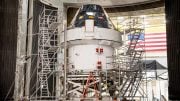
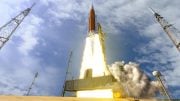
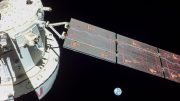
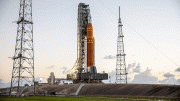
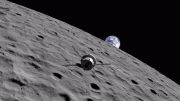

Be the first to comment on "Orion Spacecraft Passes Tests – Ready for Final Artemis I Launch Preparations"